Creating a logo for the first time might be a daunting task for newbies. It's important to remember that this isn't always true. Everything we do now revolves around the concept of logos. Everything we see here, from our attire to our smartphones to the food we consume, is part of our everyday routines. From simple to complicated and memorable, signs, characters, and numerals can be used in a variety of ways. A logo is a must if you want to communicate your company's basic principles to the public.
Predicting how a logo will be seen in the future is difficult because trends constantly change. The best way to improve your own firm is to study what well-known organizations are doing right.
What is it about a company's logo that has such sway? Instantly recognizable, a company's image is captured in the best logos, and they stand out from the crowd. Due to their seeming timelessness, others are encouraged to believe in their potential. That's why it is essential to create logos that may be used in a variety of contexts.
It doesn't matter what type of business you have; having a memorable logo is essential. Let's learn how to develop a company logo from scratch and see examples of logos that might serve as inspiration.
The importance of corporate branding

The company logo is a small part of a more extensive umbrella, corporate branding. In order to create a great logo, you need to understand what corporate branding is and why it is placed at the forefront of a company.
Corporate branding, in short, is how a company presents itself to its audience and the public and in return, wishes to be perceived by them. When a company has a strong brand, it influences its reputation. Large firms have suffered tremendously when their reputations have been destroyed, as the study Reputation and the Corporate Brand demonstrates. Branding's aesthetic elements lost credibility as a result of the reputational damage, necessitating massive rebranding efforts in many situations.
Great branding attracts customers
When you know your ideal customer, you can build a brand image and statement that resonates with them. Your logo and marketing materials will be more effective if you focus on your target audience's demographic characteristics, such as location, lifestyle, socioeconomic status, age, and gender. As a result, you save on more extensive marketing efforts you would have otherwise made.
Great branding entails loyalty
Loyal consumers are the foundation of a company's growth and success. So, how might corporate branding aid in this area?
As with defining your brand to prospective customers, good branding also requires recognizing your company to your current customers. When it comes to making a purchase, our comfort level with a company's brand typically plays a significant role.
Good branding also fosters a two-way conversation between the customer and the business, even if it is merely emotional. With each positive encounter, your customer becomes more invested in your brand.
Great branding is a foundation for your company's future
During the course of a company's existence, it is inevitable that it will undergo a rebrand. Take a look at the logos and images of some of the most well-known firms still in existence today and see how they've evolved over time.
Can you still remember the first time you heard about Starbucks? Even though the logo has undergone three major alterations since its original design in the 1970s, most people have no recollection of it ever-changing.
What is a logo?

There is a lot more to a logo than just a computer-generated graphic. The visual representation of your firm and the industry in which it works must reflect your company's vision and mission. In addition to business cards, signs, and take-out containers, you'll also want to include the logo on your clothing, website, and social media accounts.
Customers who see your logo establish their first impressions of your company. Customers are increasingly choosing online businesses or through applications, which has increased the logo's importance. The visual expression of your company's brand, uniqueness, and overall effectiveness is depicted in the logo.
Why is a logo important to your corporate branding
Establishing a company's brand identity
A company's logo serves as its principal point of contact with people who matter most to it: its own customers. You've just lost a significant customer because your website is badly constructed. In order to maintain their interest, you should give them more information about your company.
Make a good impression with your logo, because it's the first thing people see. Just by looking at your company logo, people will immediately recognize you as a market leader.
To establish a connection with customers
Your goal is to arouse the appropriate emotions in your listeners by weaving an engaging connection.
It doesn't matter if logos only make up a small percentage of a company's overall brand; they're crucial to its story. To tell your organization's story, you'll need a memorable logo.
You may establish a solid reputation for your company's brand by including these elements in your logo and other marketing collateral.
It distinguishes you from your competitors
As a business owner, it's your job to demonstrate why your logo is superior. Only one of sixty restaurants near you cares about the environment by showing a green and organic symbol.
The past, present, and future of a business can all be reflected in a company's logo by selecting the suitable typeface or logo.
To show your customers that you are more significant than your competition, you can use your logo as a platform to promote your beliefs.
5 types of logos you can use
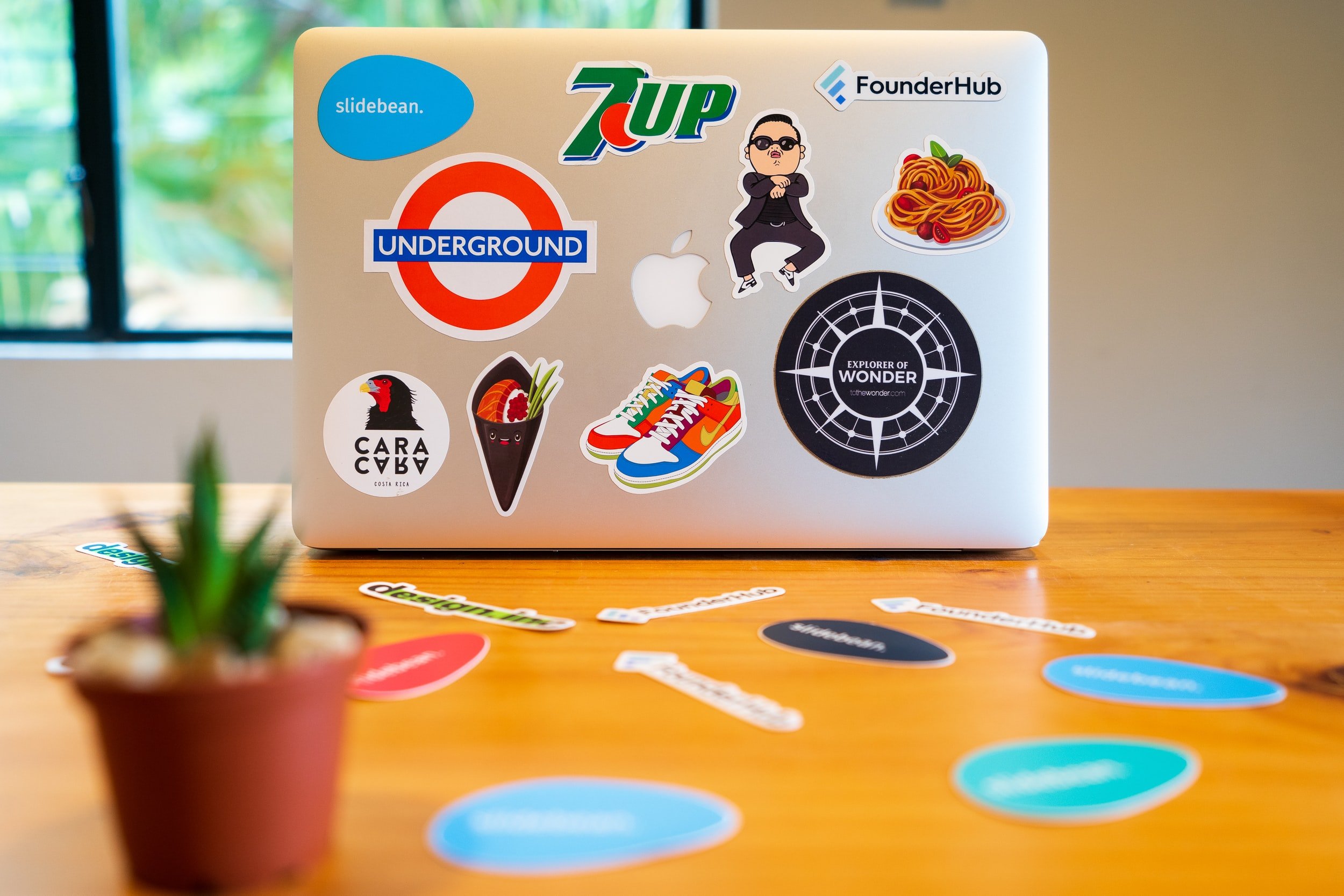
Each logo style conveys a different message based on the combination of text and imagery. It's important to remember that your logo is the first thing potential buyers see. Let us give you some ideas for logos to get you going.
Monogram logo
If you want to use letters to represent your brand, you can use a monogram logo or lettermark. Because they just have to recall two or three syllables, they have all resorted to utilizing their initials as their brand's identification. As a result, monograms—also known as lettermark logos—are a natural choice to represent their companies.
With just a few letters, lettermark logos can help to reduce the size of a company's name.
Mascots
Mascots are basically cartoon characters that represent your business. Think about them as your company's public face. Brands such as KFC and Planter use famous mascots like Mr. Peanut and the Kool-Aid Man. A mascot logo is a terrific approach to establishing your own brand spokesman because it is often bright, sometimes cartoonish, and always amusing.
Logotypes
A wordmark or logotype, like a lettermark, is a font-based logo that emphasizes only the company name. Consider the brand's Visa and Coca-Cola as examples. Companies with short and distinguishing names might benefit significantly from the use of wordmark logos. There are several examples of this, such as Google's logo. In addition to the name, the logo's powerful typography makes it easy for customers to recognize the company.
Pictorial logo
Pictorial marks (sometimes known as brand marks or logo symbols) are icons or graphic logos. Apple, Twitter, and Target all have logos that are instantly recognizable to most people. These companies' logos are so well-known and iconic that just the symbol stands out. Only a picture may serve as an authentic brand logo. Because of this, it might be a difficult logotype for those with a little brand reputation or new organization to adopt.
Abstract logo
An abstract logo is a form of the pictorial logo that is distinct from others. Your company's logo is an abstract shape rather than a well-known image. All logo symbols function because they reduce your brand into a single image, and abstract markings are no exception. However, abstract logos let you design something genuinely one-of-a-kind to speak for your brand.
5 Tips and Tricks to create a great company logo
Identify the unique characteristics of your company's brand.
Your logo should reflect the unique character of your company. For this purpose, you need to know what your brand's essential personality is before you can do anything else. Having a clear picture of what sets you out and your brand apart can make it possible to make design decisions that support and complete that vision.
Start with brainstorming
As a conceptual person, you may begin by jotting down your thoughts in a notebook or journal. A good brainstorming session might help you nail down the appearance and feel you're going for. Here are some font suggestions for your personal logo design.
Assemble a mood board
A mood board is a great way to acquire ideas if you're more of a visual person yourself. A physical board can be obtained by cutting out and attaching printed images, or a digital one can be created. Do not be afraid to look at different logos, color schemes, pictures, or visuals to get a sense of what you like. Your moodboard will be easier to design if you incorporate more of your company's personality into its design.
Check your competitors
What's the best location to get inspiration from others? Your rivals! Investigate what's already out there, who your target audience is, and what you need to avoid before launching your own campaign. Make a note of what sets you apart from your competitors and how you might use that in your logo design while stalking them.
Choose your own style
With your brand in mind, and feeling motivated, it's time to begin converting your vision into a visual representation. Colors, forms, and typography are just a few of the many factors at play here. To avoid being overwhelmed by the entire design at once, break down each element and consider what it may achieve for your brand.
5 recommended fonts you can try
Listening Silence

Designed with calligraphic script elements hand-created using pen and paper and transferred to a vector file, Listening Silence is a perfect typeface for logos, badges, slogans, and more. The principal usage of this tool is for letters or documents because it allows you to write gorgeous cursive text and distinctive signatures, as well as paraphrased signatures, owing to its expansive kerning.
Imaginable

This lightly brushed script typeface has a rounded outside edge and is known as Imaginable. I think it's an excellent piece of work. This typeface's appearance is warm and inviting. With its lovely, round form, Denira is a wonderful choice for headlines and logos since it stands out so well against chaotic backgrounds and typography.
Dreams Memory
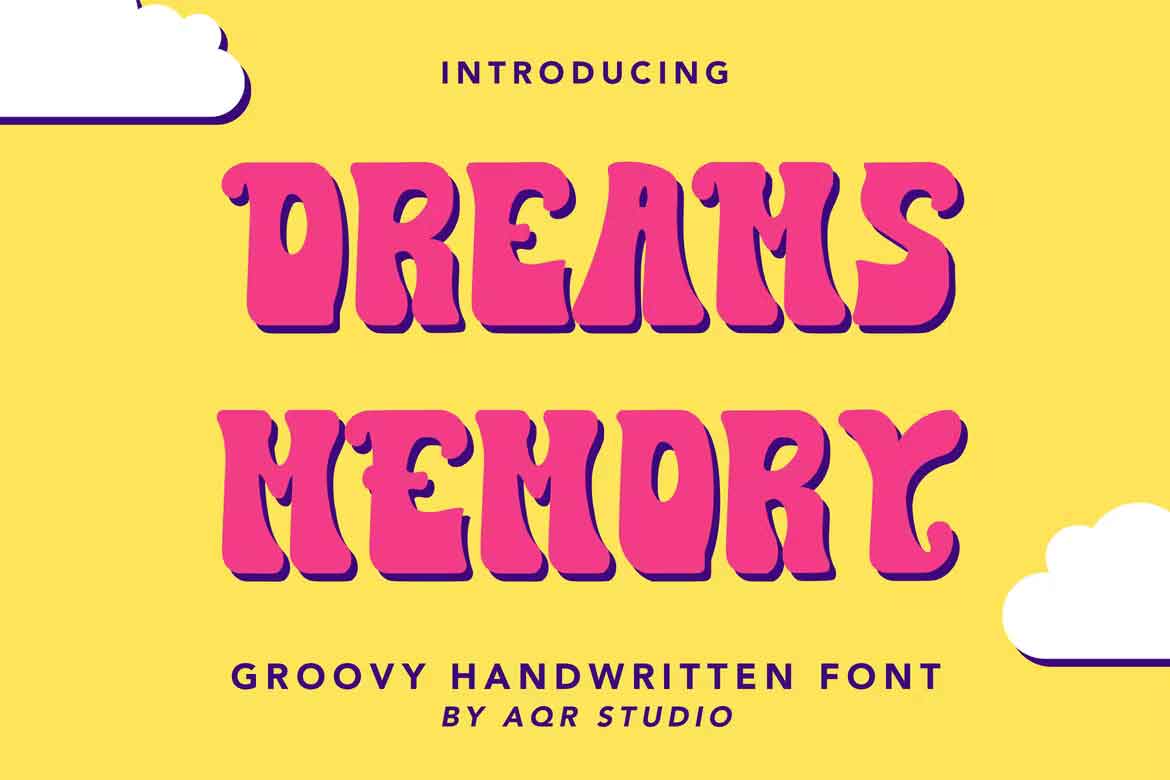
It's the perfect typeface for those who want something a touch out of the ordinary. In addition to rough edges and uneven lines, the hand-painted brush typeface has enough personality to be utilized for headlines and titles.
In addition, unique and gorgeous handwriting types give your work a genuine, hand-crafted feel. Whether you need a handwritten font for signatures, branding, or stationery, it's hard to go wrong with Dreams Memory.
Better Personality

Better Personality font is just what you've been searching for when it comes to groundedness. This font's design was inspired by hand lettering and calligraphy, which are both delicate and precise. If you're looking for a company logo typeface that's both elegant and precise, this type of typeface you're looking for.
Possibility

One-of-a-kind font If you're looking for something that looks like it was handwritten, Possibility is the font for you. It is an excellent typeface for logos and watermarks because of its natural, flowing curves and distinct signature touch. Austin will be most noticeable against dark backgrounds.
Those are the beginner guides for creating your own distinct company logo. Make sure to employ it in your corporate branding efforts for real change.
Good luck!

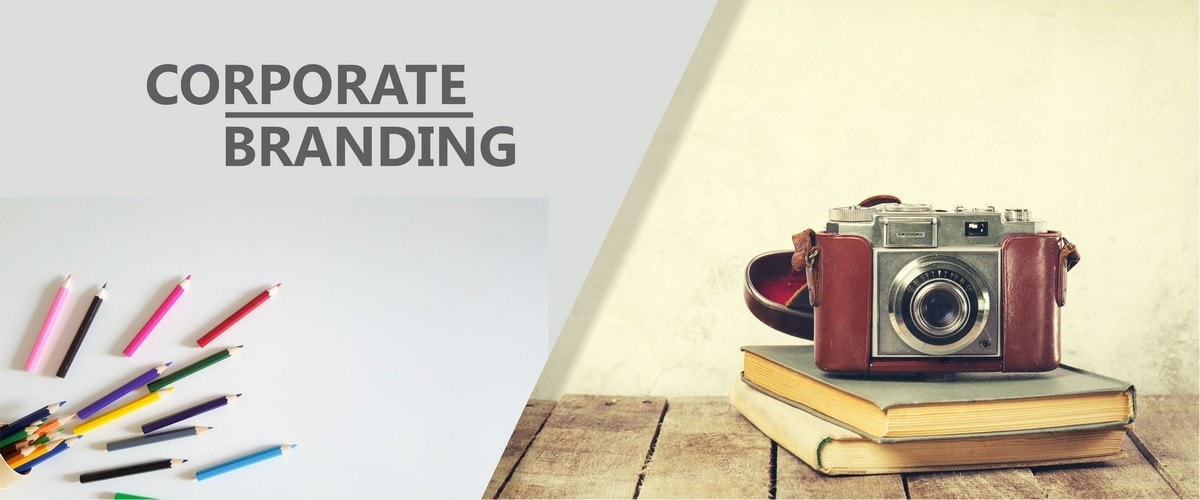
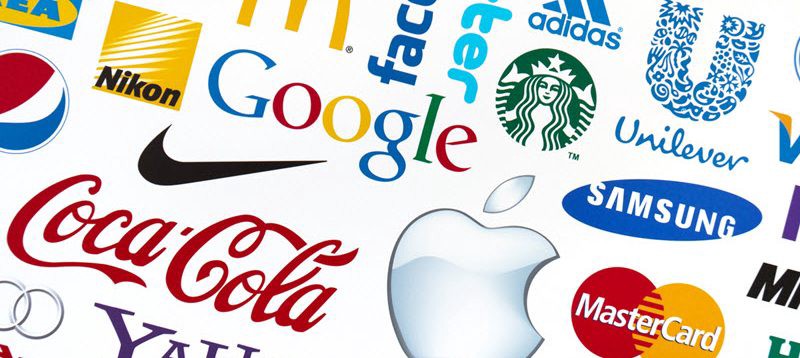
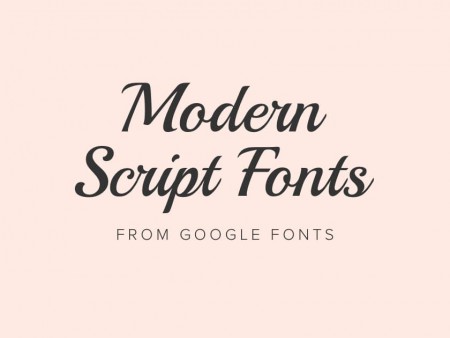
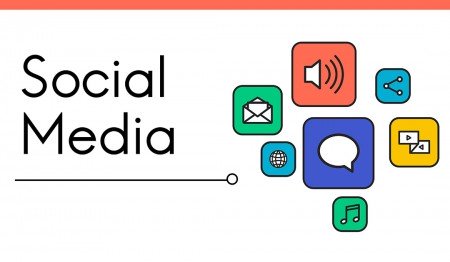

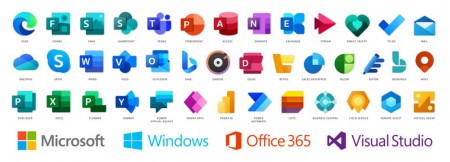
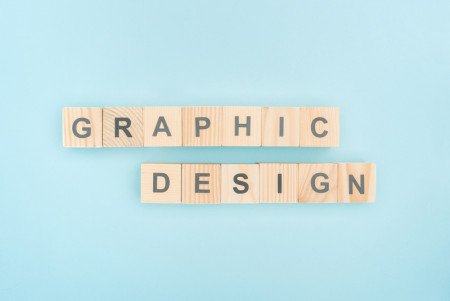

Customer questions & answers